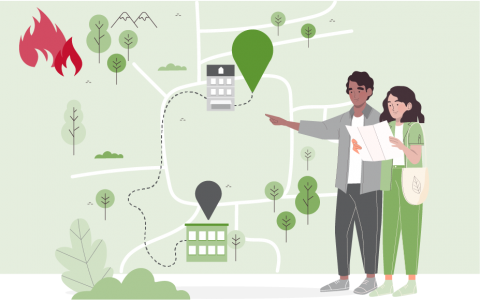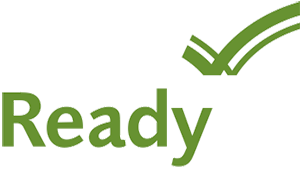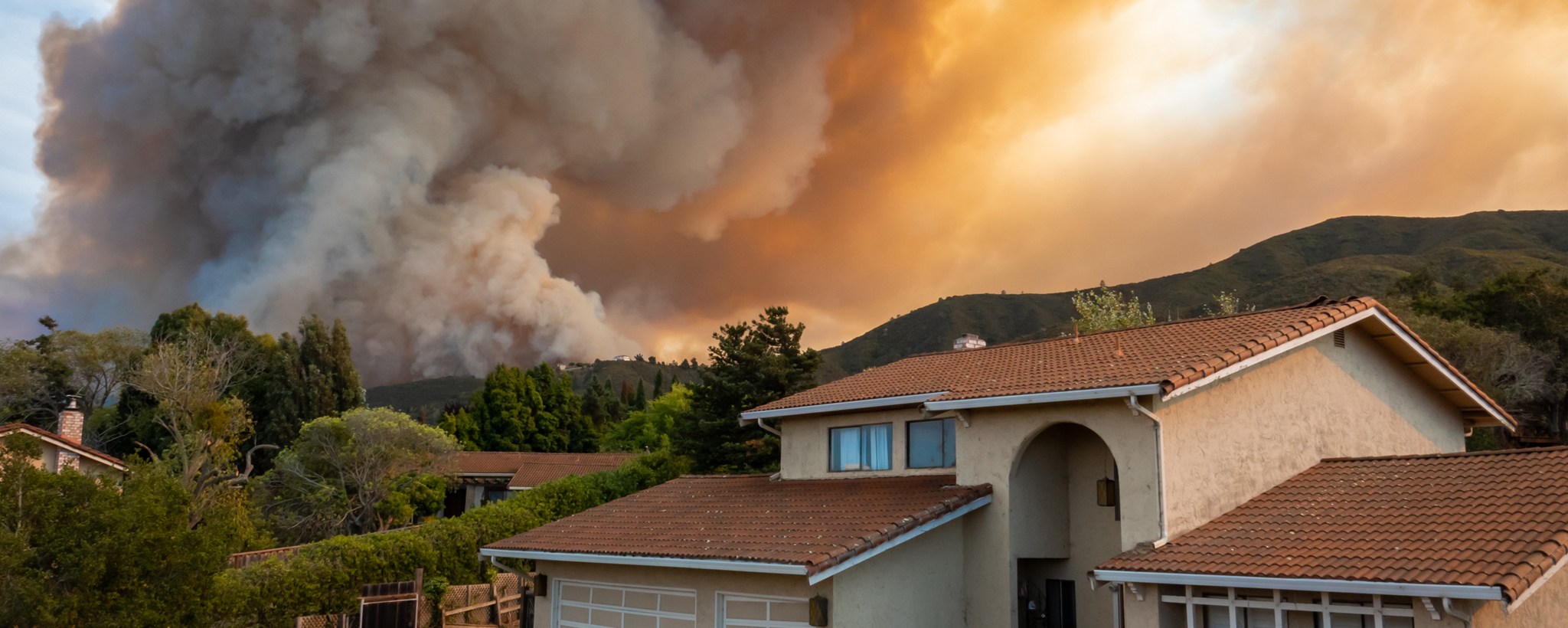Prepare for Wildfires
Stay Safe During
After a Wildfire
Wildfire Summit
Additional Resources

If you are a disaster survivor, please visit FEMA.gov for up-to-date information on current disaster declarations. If you have questions about your disaster assistance application, visit disasterassistance.gov, use the FEMA mobile app or call (800) 621-3362.
Wildfires are unplanned fires that burn in natural areas like forests, grasslands or prairies. These dangerous fires spread quickly and can devastate not only wildlife and natural areas, but also communities.
Prepare for Wildfires

Recognize Warnings and Alerts
- Have several ways to receive alerts. Download the FEMA app and receive real-time alerts from the National Weather Service for up to five locations nationwide. Sign up for community alerts in your area and be aware of the Emergency Alert System (EAS) and Wireless Emergency Alert (WEA), which requires no-sign up.
- Pay attention to air quality alerts.

Make an Emergency Plan
- Make sure everyone in your household knows and understands what to do if you need to quickly evacuate.
- Don’t forget a plan for the office, kids’ daycare and anywhere you frequent.

Review Important Documents
- Make sure your insurance policies and personal documents, like ID, are up to date.
- Make copies and keep them in a secure password-protected digital space.

Strengthen your Home
- Use fire-resistant materials to build, renovate or make repairs.
- Find an outdoor water source with a hose that can reach any area of your property.
- Create a fire-resistant zone that is free of leaves, debris or flammable materials for at least 30 feet from your home.
- Designate a room that can be closed off from outside air. Close all doors and windows. Set up a portable air cleaner to keep indoor pollution levels low when smoky conditions exist.

Know your Evacuation Zone

- You may have to evacuate quickly due to a wildfire. Learn your evacuation routes, practice with household, pets and identify where you will go.
- Follow the instructions from local authorities. They will provide the latest recommendations based on the threat to your community and appropriate safety measures.

Gather Supplies
- Have enough supplies for your household, including a first aid kit, in your go bag or car trunk.
- Being prepared allows you to avoid unnecessary excursions and to address minor medical issues at home, alleviating the burden on urgent care centers and hospitals.
- Remember that not everyone can afford to respond by stocking up on necessities. For those who can afford it, making essential purchases and slowly building up supplies in advance will allow for longer time periods between shopping trips.
- Be cautious when carrying flammable or combustible household products that can cause fires or explosions if handled wrong, such as aerosols, cooking oils, rubbing alcohol and hand sanitizer
- If available, store an N95 mask to protect yourself from smoke inhalation.
- Keep your cell phone charged when wildfires could be in your area. Purchase backup charging devices to power electronics.
Stay Safe During
- Pay attention to emergency alerts and notifications for information and instructions.
- Evacuate immediately if authorities tell you to do so!
- Check with local authorities for the latest information about public shelters or check open locations on the FEMA app. You can also download the free Red Cross Emergency app for a list of open Red Cross shelters in your area.
- Consider making plans with friends or family to shelter with them where you may be safer and more comfortable.
- If trapped, call 9-1-1 and give your location, but be aware that emergency response could be delayed or impossible. Turn on lights to help rescuers find you.
- Use an N95 mask to protect yourself from smoke inhalation or limit your exposure to smoke by doing the following:
- Choose a room to close off from outside air and set up a portable air cleaner or filter to keep the air in this room clean even when it’s smoky in the rest of the building and outdoors.
- Use high efficiency filters in your central air conditioning system to capture fine particles from smoke. If your system has fresh air intake, set the system to “recirculate” mode and close the outdoor intake damper.
- If you are not ordered to evacuate but smoky conditions exist, stay inside in a safe location or go to a community building where smoke levels are lower.
- If you are sick and need medical attention, contact your healthcare provider for further care instructions and shelter in place, if possible.
Returning Home After a Wildfire
- Do not return home until authorities say it is safe to do so.
- Avoid hot ash, charred trees, smoldering debris and live embers. The ground may contain heat pockets that can burn you or spark another fire.
- When cleaning, wear protective clothing – including a long-sleeved shirt, long pants, work gloves and sturdy thick-soled shoes – during clean-up efforts.
- Use a respirator to limit your exposure, and wet debris to minimize breathing dust particles. People with asthma, COPD and/or other lung conditions should take precautions in areas with poor air quality, as it can worsen symptoms.
- Document property damage with photographs. Conduct an inventory and contact your insurance company for assistance.
- Send text messages or use social media to reach out to family and friends. Phone systems are often busy following a disaster. Make calls only in emergencies.


